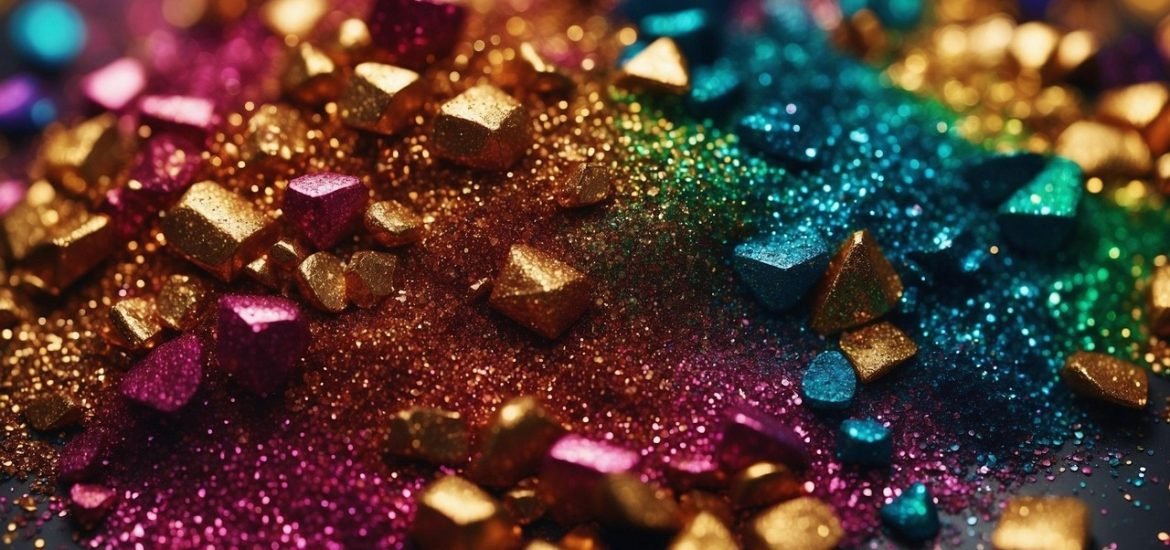
PET-based glitter microplastics influence mineralisation processes in marine environments, triggering concerns about the long-term environmental impact of microplastic pollution on aquatic ecosystems, according to a study published in the journal Environmental Sciences Europe. The work, led by a team from Trinity College Dublin’s School of Natural Sciences, shows that microplastics increase the crystallisation of calcium carbonate (CaCO3) minerals and change growth rates and stability of marine calcifying organisms.
Glitter is used in cosmetics, arts and crafts, and holiday decorations. It is also used in industrial applications, such as automotive paints, textiles, and anti-counterfeiting materials. It’s a versatile product used across many industries, but its small size (0.5 mm or smaller) and plastic composition are starting to raise environmental concerns. Glitter is made of PET plastic with thin layers of metals and colour dyes to make it reflective. This layered structure makes it more durable but harder to break down in the environment.
Copying seawater conditions, the team assessed six different types of PET glitter to determine how they influence the formation of Ca-Mg carbonate minerals. Using scanning electron microscopy and infrared spectroscopy, the results showed that glitter microplastics provide sites for CaCO3 crystallisation, promoting mineral formation and potentially altering skeletal structures in marine organisms.
“Our findings suggest that PET glitter can serve as artificial templates for calcium carbonate formation, which may have unintended consequences for marine life,” said Kristina Petra Zubovic, lead author of the study. “This process could influence the structural integrity of marine organisms that rely on stable conditions for biomineralisation.”
The results also show that PET glitter undergoes physical degradation and fragmentation (into particles as small as 0.001 mm), releasing smaller microplastic particles into the environment. The authors warn about the long-term ecological implications, as smaller microplastics are more easily ingested by marine organisms, disrupting food chains and biogeochemical cycles.
“Microplastic pollution is an urgent global issue, and our study provides new insights into how these synthetic materials interact with natural mineralisation processes,” said Dr. Juan Diego Rodriguez-Blanco, the study’s Principal Investigator, Associate Professor of Nanomineralogy in Trinity, and a funded investigator at iCRAG (Research Ireland Centre for Applied Geosciences). “Understanding these interactions is essential for assessing the broader environmental consequences of microplastic contamination in marine ecosystems. This research highlights the need for further investigations into the role of microplastics in biomineralisation and their broader impact on marine biodiversity. As microplastics continue to accumulate in the world’s oceans, studies like this provide critical knowledge to inform environmental policies and mitigation strategies.”
Zubovic, K.P., Horvath, A., Brien, D.M. et al. Crystallisation of CaCO3 polymorphs induced by layered PET-based microplastic particles. Environ Sci Eur 37, 52 (2025). https://doi.org/10.1186/s12302-025-01090-0